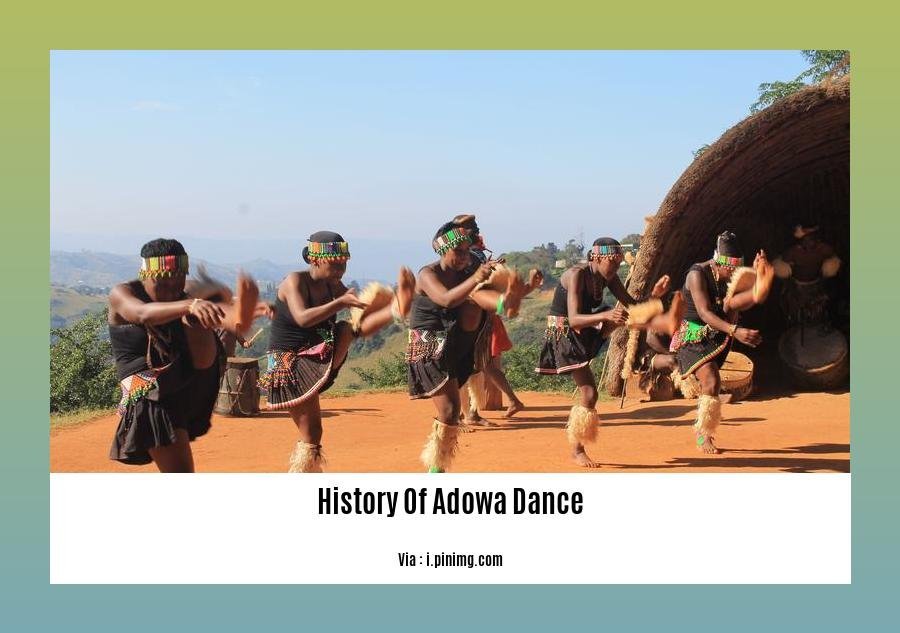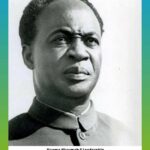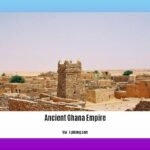Set off an engrossing trip into the rich legacy of the Adowa dance, a vivid statement of ethnic identity and perseverance. Originating in the center of Ghana, this ancient dance form has great historical value and carries within its motions the narratives of a proud people. Come explore with us the fascinating Adowa world, its meaning, social context, and legacy as a symbol of togetherness and cultural pride. Discover the fascinating background of the Adowa dance, evidence of the ability of movement to transcend time and transmit important cultural stories.
Key Takeaways:
- The Adowa dance is a traditional Ghanaian dance with profound historical and cultural significance.
- It was inspired by the movements of a royal antelope and has become an important part of Ghanaian tradition.
- The dance is often performed at cultural ceremonies and events and allows performers to communicate emotions through movements, hand gestures, and footwork.
- Legend attributes the dance’s origins to a performance intended to heal Queen Abrewa Tuta, the queen mother of the Ashanti tribe.
- Adowa includes a lead singer, chorus, and group of musicians playing drums, primarily.
- Each movement in the dance is deeply symbolic, representing various aspects of life and culture.
- The dance holds deep historical and cultural significance for the Ashanti people and is an enduring symbol of unity, resilience, and cultural identity.
History of Adowa Dance
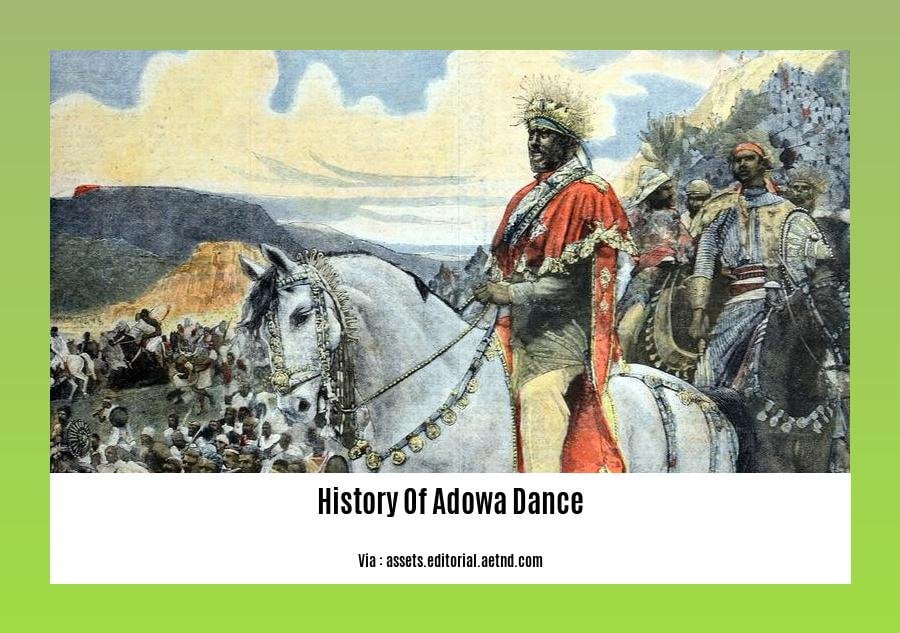
The Adowa dance’s fascinating story of cultural expression, resiliency, and solidarity among Ghana’s Akan people is one of Originating decades ago when warriors copied the elegant motions of a royal antelope they came across on a hunting excursion, this ancient dance is carried on at cultural rituals and occasions.
Quickly becoming well-known as a means of expression, the Adowa dance let artists use hand and foot motions to convey their feelings. According to legend, the dance was done to cure the seriously sick renowned queen mother of the Ashanti nation, Queen Abrewa Tuta. It is thought that her rehabilitation was much aided by the strong, rhythmic motions of the Adowa dance.
Lead vocalist, chorus, and musicians mostly playing drums accompany a group of dancers doing the dance. Every movement reflects many facets of life and society and is quite meaningful. For the Ashanti people, the Adowa dance is extremely important historically and culturally; it is also a fundamental aspect of Ghanaian custom, therefore highlighting their rich legacy and vivid cultural identity.
- Have you ever wondered about the intriguing history and rules of basketball? Learn about the origins and evolution of this iconic sport and its fascinating regulations by clicking here: History and Rules of Basketball.
- Delve into the captivating history of accounting and explore the intriguing evolution of this crucial field in History of Accounting SS1. Discover the milestones and developments that have shaped this essential discipline.
Music and Rhythm: The Heartbeat of the Adowa Dance
Within the colorful fabric of Ghanaian society, the Adowa dance is a hypnotic display of movement and expression. The very center of this dance is its mesmerizing music and rhythm, which provide a means for cultural identity, narrative, and emotions.
The Rhythm of Harmony
The throbbing rhythm of drums, especially the atumpan drums, defines the Adowa dance. Played with hooked wooden sticks, these twin drums create an amazing harmony that sets the dance’s beat. With its deep, resonating pitch, the larger drum captures the feminine energy; the smaller drum, with its higher, piercing tone, captures the masculine force. Their combined counterpoint is hypnotic and propels the dance ahead.
A Symphony of Narrative Techniques
The music accompanying the Adowa dance is not only background but also a necessary component of the narrative. Through their hypnotic melodies, the lead singer—along with a chorus—weaves themes of history, culture, and personal experience. Often improvisational on the spot, the songs capture the feelings and experiences of the performers and the community they speak of.
A Celebration’s Dance
Whether it’s a festival, a wedding, or a significant event, the Adowa dance permeates Ghanaian events. Its adaptability helps it to fit many environments, from happy events to serious funerals. Every performance reflects the particular setting in which it is carried out.
Key Takeaways:
- The Adowa dance is a traditional Ghanaian dance performed by the Akan people.
- It originated from the Ashanti warriors who imitated a royal antelope’s graceful movements.
- The dance is performed to the rhythm of drums, especially the atumpan drums.
- It is characterized by intricate hand and foot movements that communicate emotions and feelings.
- The Adowa dance is a symbol of unity, resilience, and cultural identity for the Ashanti people.
[Citations:]
– The Adowa Dance: A Symbol of Ghanaian Culture and Identity
– The Music and Rhythm of the Adowa Dance
Movement and Symbolism: Exploring the Expressive Power of Adowa Dance
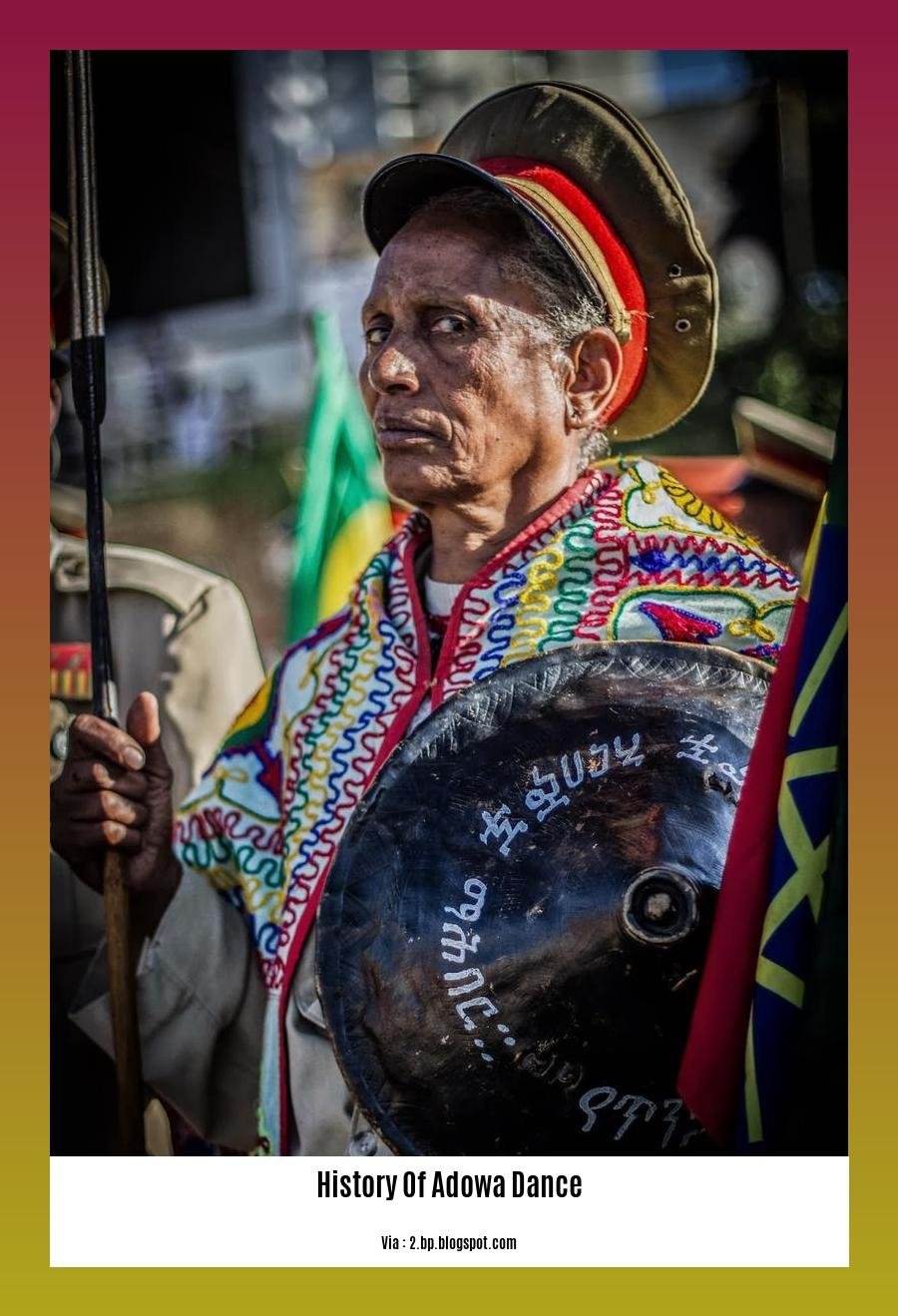
With regard to cultural expression, dance is really important. over the hypnotic mix of rhythm and motion, this medium enthralls viewers and breaks over language barriers to inspire feelings. Adowa dance is evidence of this strength in Ghana, a complex tapestry of history, symbolism, and vivid cultural identity.
Originating among the Akan people, the Adowa dance is a vital component of Ghanaian custom carried out at celebrations, funerals, and ceremonies. Dancers convey fascinating stories by means of complex footwork and expressive hand gestures, therefore expressing the core of their country. Every action has great significance and represents facets of existence, past, and human relationship.
The idea of oneness drives the Adowa dance from its inception. It encourages community belonging by gathering individuals to commemorate their common past. The dance, which captures the power and flexibility of the Ghanaian people, is a monument to resiliency. By means of its elegant motions, the Adowa dance honors their ancestors, therefore safeguarding cultural customs and handing on to next generations.
The Adowa dance is a storytelling canvas in art form. Drawing on stories, traditions, folklore, and personal experience, dancers utilize their bodies to communicate Using movement and symbolism to carry their audience to a world of imagination and inspiration, they become storytellers. The expressive character of the dance lets dancers share with the public their strongest feelings, happiness, sadness, and dreams.
The Adowa dance is a live manifestation of Ghana’s cultural legacy, not only a performance. It is an honoring of identity, evidence of a nation’s continuing vitality. Every movement and every gesture has layers of meaning that guarantees the rich Ghanaian traditions will always flourish.
Key Takeaways:
- The Adowa dance originated from the Akan people of Ghana, symbolizing unity, resilience, and cultural identity.
- Performed at festivals, funerals, and celebrations, the dance fosters a sense of communal belonging and celebrates Ghana’s rich heritage.
- Through intricate footwork and expressive hand gestures, dancers tell captivating stories, embodying historical narratives, folklore, and personal experiences.
- Each movement holds profound meaning, representing aspects of life, history, and human connection.
- The Adowa dance serves as a medium for storytelling, allowing dancers to communicate their deepest emotions and share their cultural heritage with the world.
Sources:
Global Impact and Contemporary Adaptations: Adowa Dance Beyond Borders
Originally a vivid emblem of Ghanaian culture, the Adowa dance has evolved to be an internationally known celebration of African legacy. Its influence has echoed outside of Ghana’s boundaries and inspired modern modifications highlighting its adaptability and ongoing appeal.
Accepting the Global Scene
Audiences all across have been enthralled with the Adowa dance, which graces cultural events and international venues. Its beloved spectacle, highlighting the beauty and variety of African dance, has been created by its special mix of complex footwork, expressive hand gestures, and rhythmic drumming.
Modern Adaptations: A Combining of Tradition and Modernism
The Adowa dance has had a rebirth in recent years because to innovative modifications that combine traditional components with contemporary inspirations. While keeping faithful to its cultural roots, choreographers and dancers have recreated the dance adding fresh motions, costumes, and musical arrangements.
Conserving Cultural Identity in an International Society
The Adowa dance is still a potent emblem of cultural identity for Ghanaians all around in a time of growing globalization. It reminds them of their rich legacy and provides a means of connection to their roots wherever.
Key Takeaways:
- The Adowa dance has gained global recognition, captivating audiences with its vibrant and expressive movements.
- Contemporary adaptations of the dance fuse traditional elements with modern influences, showcasing its versatility and adaptability.
- The Adowa dance remains a symbol of cultural identity for Ghanaians worldwide, connecting them to their heritage in a globalized society.
Sources:
- The Adowa Dance: A Ghanaian Cultural Icon
- Adowa Dance: A Symbol of Ghanaian Culture
FAQ
Q1: The Adowa dance started when?
Originally among the Ashanti people of Ghana, the Adowa dance has roots in the 18th century.
Q2: Why is the Adowa dance so important in Ghanaian society?
A2: Representing Ghana’s rich legacy and customs, the Adowa dance is extremely culturally and historically significant in the nation. Acting as a symbol of solidarity, resiliency, and cultural identity, it is carried out during many cultural events including funerals, celebrations, ceremonies, and engagements.
Q3: Describe the Adowa dance.
A3: The Adowa dance consists a group of dancers doing complex motions and gestures. Its elegant hand and foot motions, each which reflect a life or cultural element, define it. Drumming in time complements the dance; the atumpan drums take the stage.
Q4: The Adowa dance uses which several hand motions?
A4: Each of the several hand motions used in the Adowa dance has symbolic value. Depending on the context and circumstance, these movements can differ but they are meant to convey emotions, sensations, and stories.
Q5: What changes in the Adowa dance throughout time?
A5: The Adowa dance has evolved somewhat over time even if its traditional roots remain clear. Originally carried out by the Ashanti people, modernism and cross-cultural adaption have helped other ethnic groups in Ghana and beyond to find popularity in it.
q
- Unlock Filipino Culture: A Deep Dive into Traditions and Practices - April 23, 2025
- Unlock Spanish Culture: Insights & Opportunities Now - April 23, 2025
- White Spirit Uses & Substitutes: A Deep Dive for Pros & DIYers - April 23, 2025
